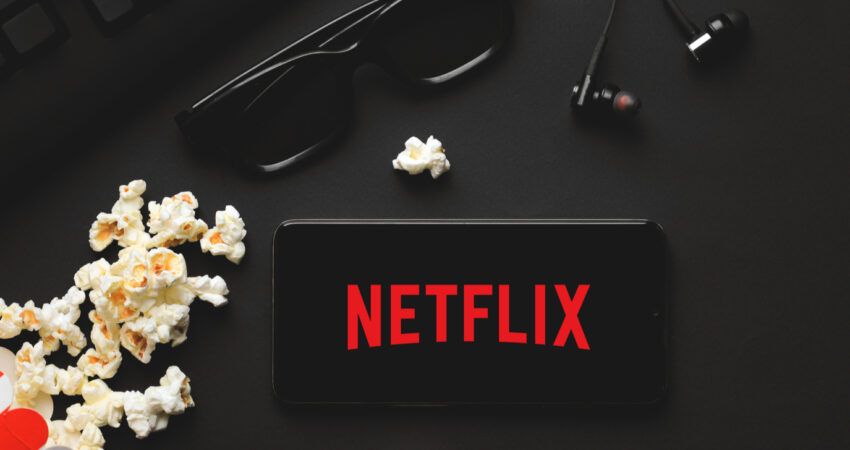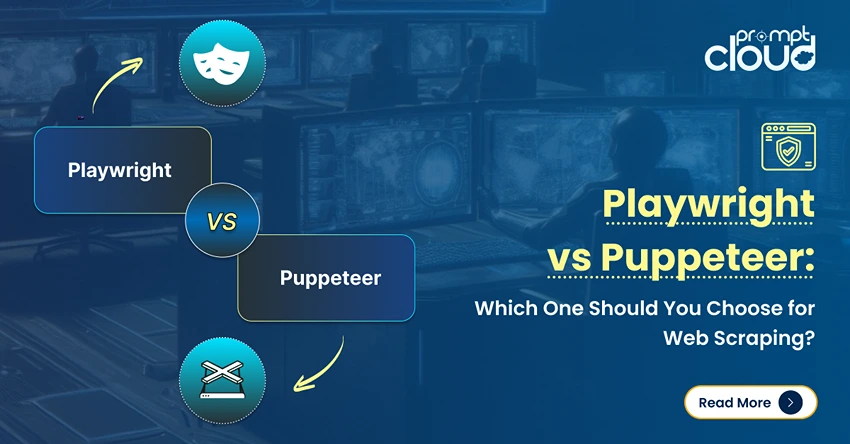
Digital transformation has revolutionized businesses across the globe. Companies that have stuck to age-old methods are being bought out or have gone bankrupt. There are multiple stories of a technically advanced but smaller company replacing a vintage giant. Netflix was not the father of the movie-rental business in the US. Blockbuster, founded in 1985, revolutionized the video rental space with almost 3k locations around the globe. However, it saw its valuation fall from $8.4 Billion in 1994 to just $24 Million in 2010. This happened while Netflix itself kept growing and reached a valuation of $203 Billion in 2021, starting from just $50 Million in 2000. What is surprising is that Netflix had offered Blockbuster to acquire it and run it as its online brand for a mere $50 million in 2000. You can read more about the story here.
The most remarkable thing about the story above is not just the fact that tech-powered companies have taken over their traditional counterparts. It’s also about how companies that have ignored data have faced the wrath of customers. Companies like Disney, Nike, Lego, and IKEA, which used to be associated more with traditional business setups, have also ventured into digital fields. These include digital content and augmented reality-based services. The data revolution is the reason why businesses that have been running for decades have had to rethink their strategies.
The Data-Driven Digital Revolution
COVID-19 has boosted the growth of data, it saves money and increases user reach. In this article from Forbes, it was estimated that global data grew from around 2 zettabytes to almost 44 zettabytes in 2020. The size of the data is not all that has grown. Companies have learned to clean the data automatically, build ETL pipelines in the Cloud, and extract important trends and findings from the data. These are in turn used to ensure that companies run on data-driven decisions instead of “gut feelings”
You can get an idea about how much data is being processed today by looking at the sheer number of permissions that mobile applications ask from users these days.
Changing customers patterns are being tracked for–
Better inventory management
For almost everything that you used to buy at a physical store, you will find an online alternative today. Be it groceries, food delivery, cosmetics, daily use items, or even medicines, there is a service provider for everything. However, these companies need to manage the availability of their products across multiple cities, states, or even countries. The biggest challenge that is posed in that case is inventory management. It would directly affect the bottom line and the profitability of any company today. Efficient usage of customer data helps companies reduce waste, and provide customers with whatever they want, at a shorter timeline.
New product development
Startups are on the rise every day for solving problems and pressing issues. However, understanding the problem statement often requires an analysis of customer data. This is a must for developing a product that serves a purpose and is need of the hour.
Understanding customer sentiment
Keeping track of customer sentiments is essential for both old and new companies. One easy example of this is how people (especially in the developing world) are moving towards more environmentally friendly options. This can be anything from using oat milk, instead of cow milk or using electric vehicles instead of regular gas guzzlers. Companies need to keep track of these trends and effectively make changes to their business strategy.
Developing new content
Whether you are creating video, audio or textual content, getting the pulse of your audience is a must. This would help in more word-of-mouth marketing and will get you a better following. Today, this is done through data, by studying social media trends and the latest news.
How does Netflix use Data Mining?
“If the Starbucks secret is a smile when you get your latte… ours is that the Website adapts to the individual’s taste.”
– Reed Hastings (CEO of Netflix)
Starting as just a rent through mail DVD company, Netflix is now the world’s largest video streaming company with close to 160 million users. What this means is that the company has tons of data to analyse and improve its business.
Every user on Netflix voluntarily provides certain data points. This includes–
- Name
- Email address and Phone number
- Address
- Ratings and reviews
- Payment details
Netflix also collects certain data points automatically–
- IP Address
- Devices used to watch Netflix
- Viewing history
- Browsing, Scrolling and Search data
- Time Spent on each show
The company also collects demographic data, data related to content viewership as well as internet behavior data from 3rd party sources. All of this data is what powers the Recommender Engine that Netflix is most famous for. This Recommender Engine decides which shows and movies to suggest to you whenever you open the website or app.
Netflix personalizes images, descriptions and trailers for every user. It also processes the data at hand to decide the content to be shown to users as they scroll down. The suggestions that it provides are of 4 types:
- Displays to users content that they might have left off midway.
- It recommends new movies/shows along with their trailers.
- Recommends movies or shows from the personal “list” that is created by every user.
- Gives an option to re-watch any previously seen content.
Netflix leveraging data since Day 1
One of the first shows that boomed on Netflix was also one of the first attempts at creating data-driven content. Yes, we are talking about “House of Cards”. This show sat so well with the audience when it started in 2013, that it had 6 seasons! It had certain data points that worked for it. For example, the pairing of Kevin Spacey with director David Fincher was supposed to work its charm. They also found political dramas based around US presidents and parliament to be a hit among its users, based on viewing patterns and search history.
Netflix specifically designed trailers to showcase Spacey as a protagonist in the race to the White House and the different factors at play in political circles. It showed the steps that one needs to take while climbing the ladder, both ethical and unethical. Netflix used these and other tactics to create a sense of mystery and what happens next among all those who watched the trailers or started watching the show.
Art marrying Data at Netflix
Art is supposed to be felt, rather than calculated. However, Netflix has designed a model that helps it decide what type of content to make that would pull a wider audience. While humans are the final decision makers, Netflix has created a set of parameters based on which it decides the genre, the actors, the setting, the timelines, as well as when to release a series.
You can see an example of this in the Umbrella Academy, a Netflix hit, which had certain touch points which were supposed to work well with the audience. This included–
- Coming of age stories.
- Comic action adventure storyline.
- Elliot Page – who is a popular actor.
If you look closely, you will spot a trend. Netflix has invested in multiple coming of age series like–
- Sex Education
- Stranger Things
- Never Have I Ever
- 13 Reasons Why
- The Kissing Booth
And all of them have done well, and most of them have gone on for multiple seasons and created a cult following of individuals from various age groups. Netflix has placed a lot of bets on horror, horror-thriller, and apocalyptic movies. Some of the most prominent names are–
- The Ritual
- Cargo
- Bird Box
- The Haunting of Hill House
- Velvet Buzzsaw
- Nobody Sleeps In The Woods Tonight
- The Haunting Of Bly Manor
- Midnight Mass
- All of us are Dead
- His House
It has covered almost every horror-related theme, starting from vampires to haunted houses. It has repeated certain themes since they work well with the crowd. These include a group on a holiday, a town with a secret, and a virus or other elements bringing about the end of the world. It has also reused creators like Mike Flanagan to create similar works when the first one worked well (The Haunting of the Hill House, followed by The Haunting of Bly Manor).
These trends would only be visible once you have the data across years at your hand, and also have the relevant tags added for each show or movie. Nothing that Netflix does is random.
Final Thoughts
Netflix has set the benchmark for using data to drive a business. The way Netflix uses data mining in every step of a creative process is fascinating. The bar is too high, and it’s not just about content creators. Every business that wants to stay relevant and reap profits will need to have its data team which would be at the center of all its departments. This team has to work as a conduit for data and data-driven decisions to ensure successful implementations. Any time a business leaves data on the plate, it will just be allowing another competitor to pick it up and move ahead in the race.



















